The U.S. is set to launch a new satellite, SWFO-L1, to monitor solar activity and protect Earth from the growing risks of space weather.
Others are reading now
The U.S. is set to launch a new satellite, SWFO-L1, to monitor solar activity and protect Earth from the growing risks of space weather.
A Crucial Launch
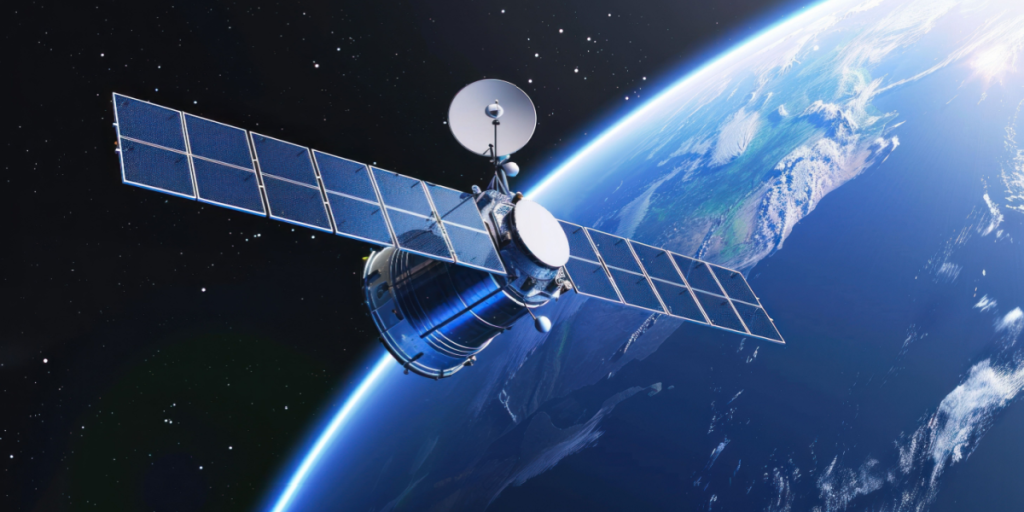
NOAA plans to send the SWFO-L1 satellite into space on September 23, replacing aging spacecraft that have long tracked solar activity.
Replacing Old Guardians
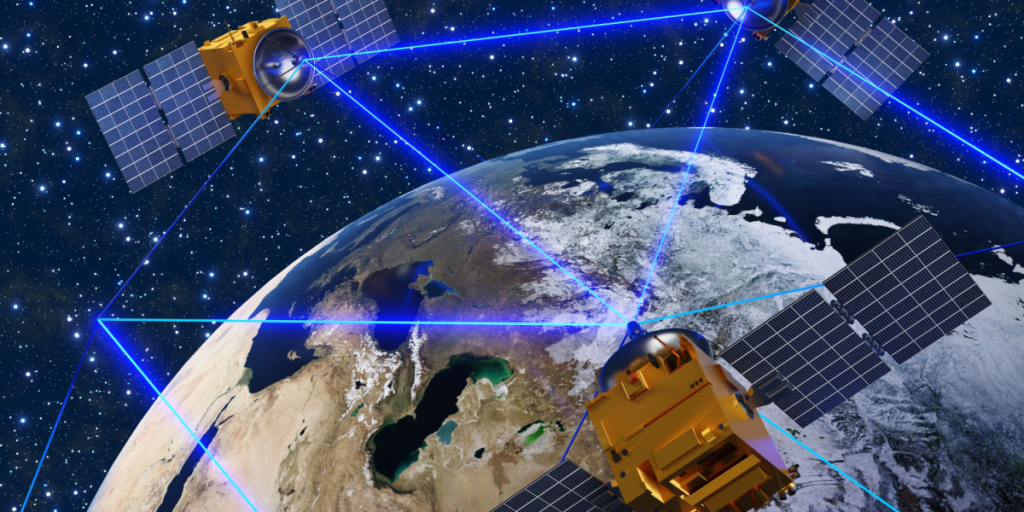
The current fleet—ACE, SOHO, and DSCOVR—is nearing the end of its service. Without a successor, critical space weather monitoring could be lost.
Strategic Positioning

SWFO-L1 will orbit at Lagrange Point 1, 1.5 million kilometers from Earth, giving it a constant view of the Sun and its volatile behavior.
Watching the Solar Wind
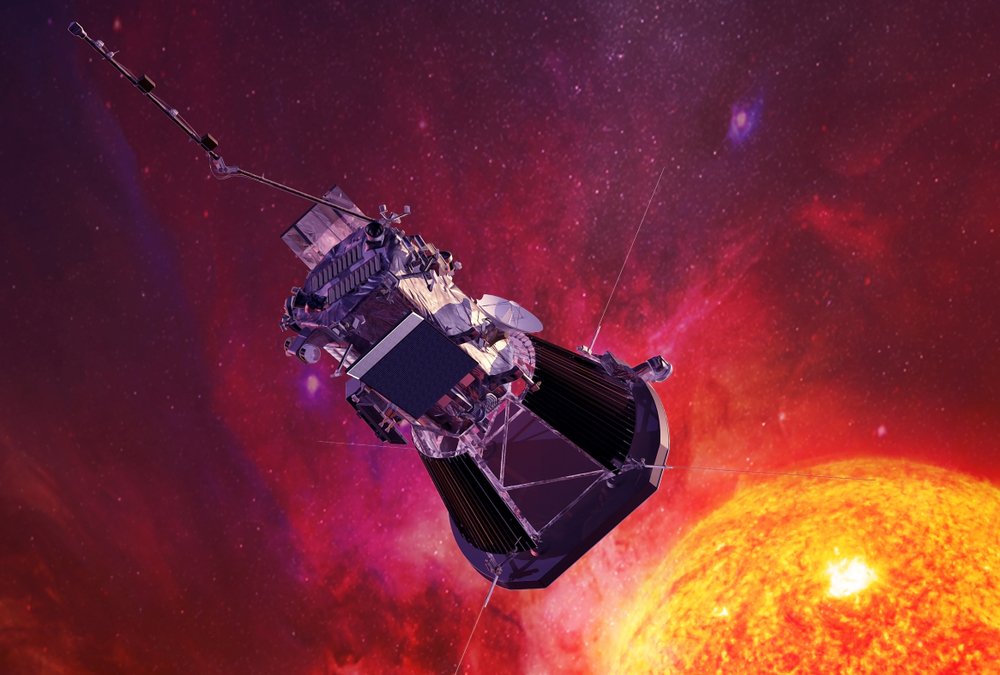
From this vantage point, the satellite will track solar wind, magnetic fields, and high-energy particles that can impact Earth’s technologies.
Also read
Buying Time in a Solar Storm
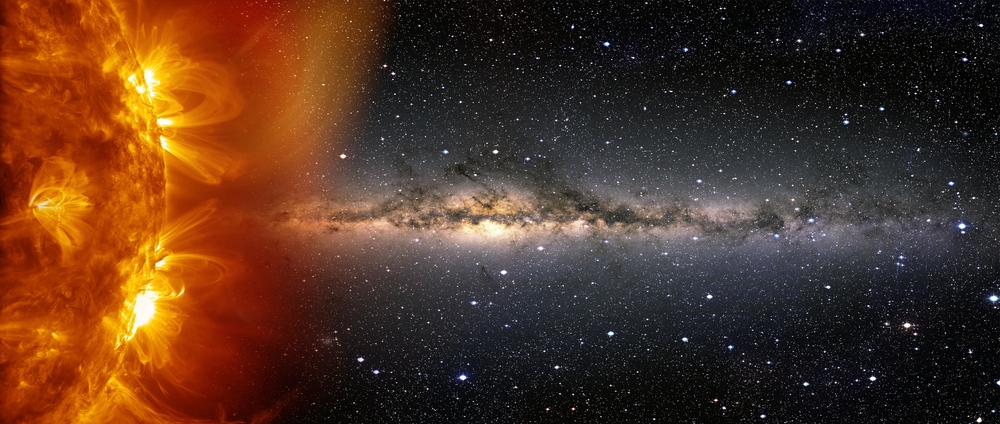
NOAA experts stress that while solar storms can’t be stopped, early warnings provide time to safeguard satellites, power grids, and GPS systems.
Fragile Safety Net
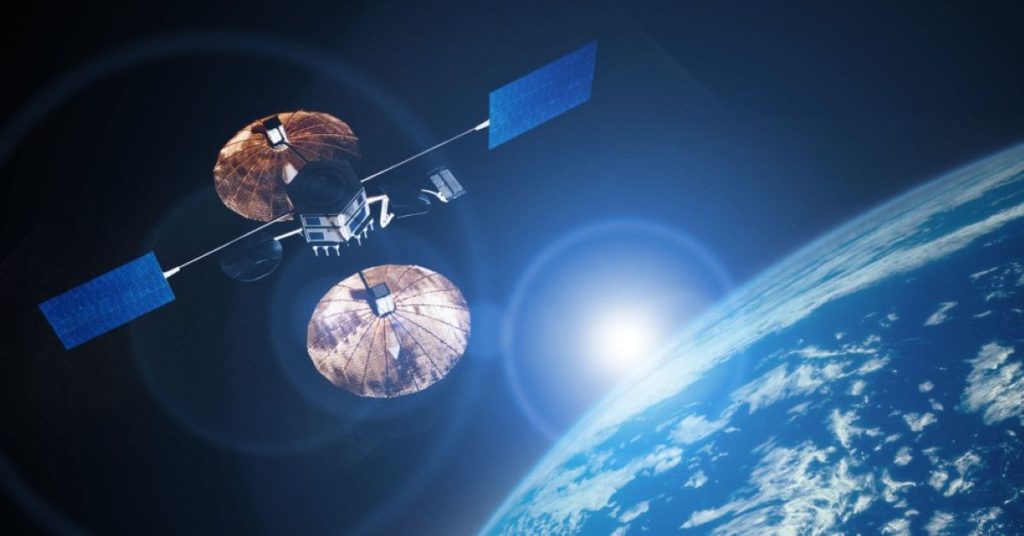
After losing contact with DSCOVR in July, reliance on older probes has highlighted the vulnerability of current monitoring efforts.
Building Resilience
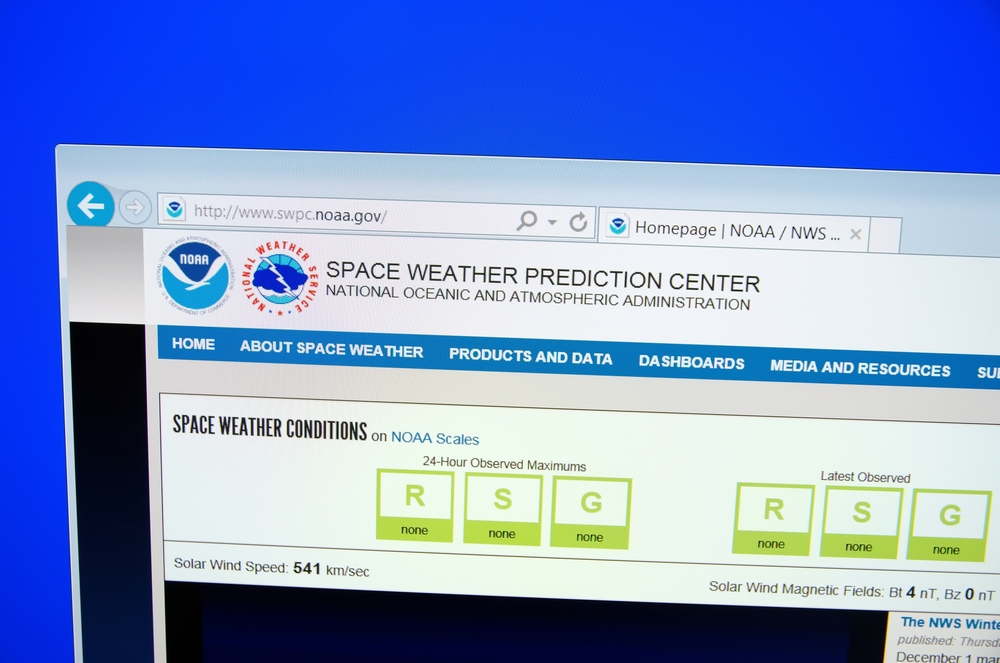
SWFO-L1 will feed continuous data to NOAA’s Space Weather Prediction Center, enabling rapid responses to solar events that threaten infrastructure.
Rising Solar Activity
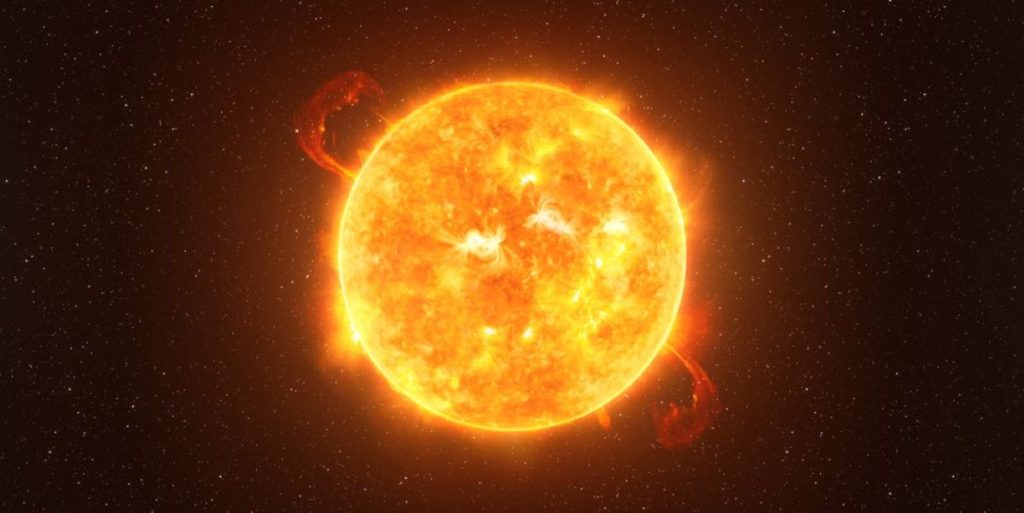
The launch comes amid increasing solar activity. A powerful geomagnetic storm in mid-September disrupted satellites and lit up skies with rare auroras.
Preparing for 2026 Peak
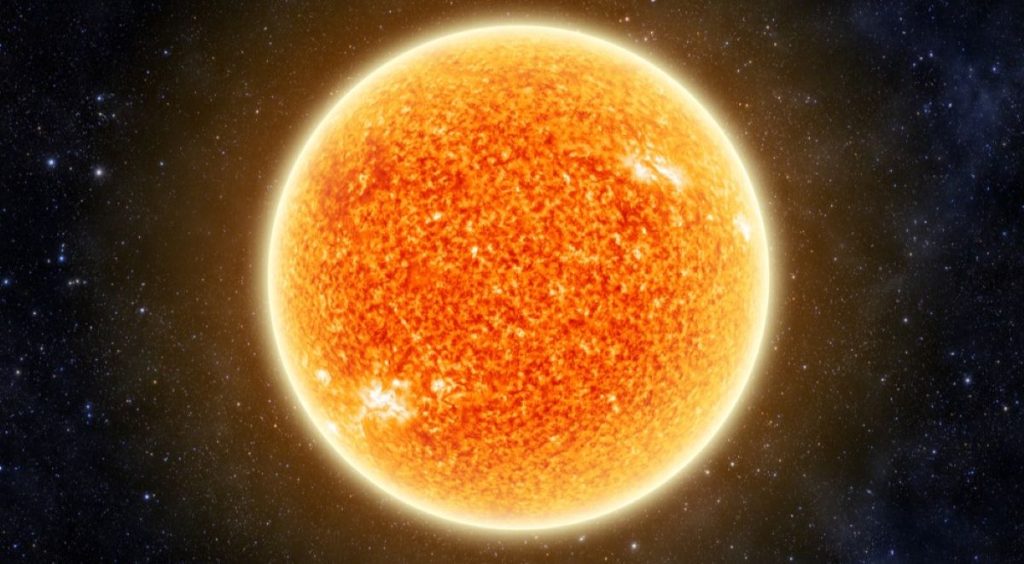
Scientists warn the solar cycle is heading toward a peak by 2026, when stronger and more frequent storms could test Earth’s defenses.


